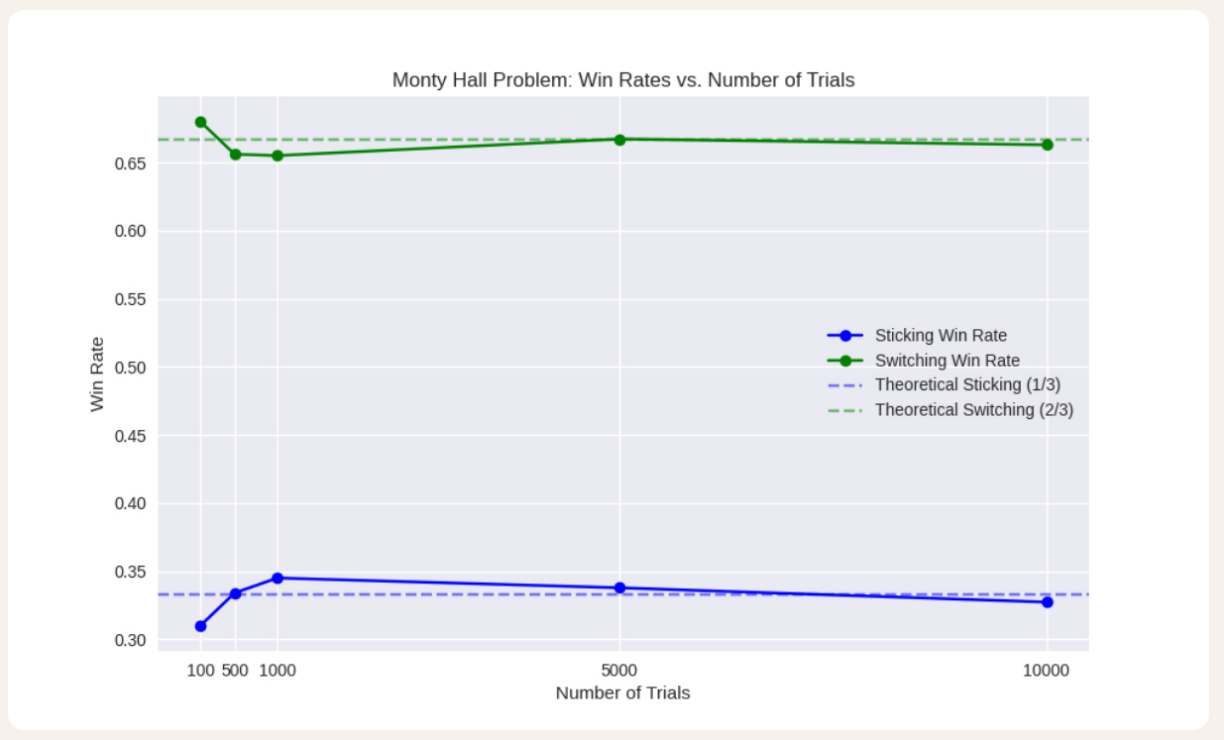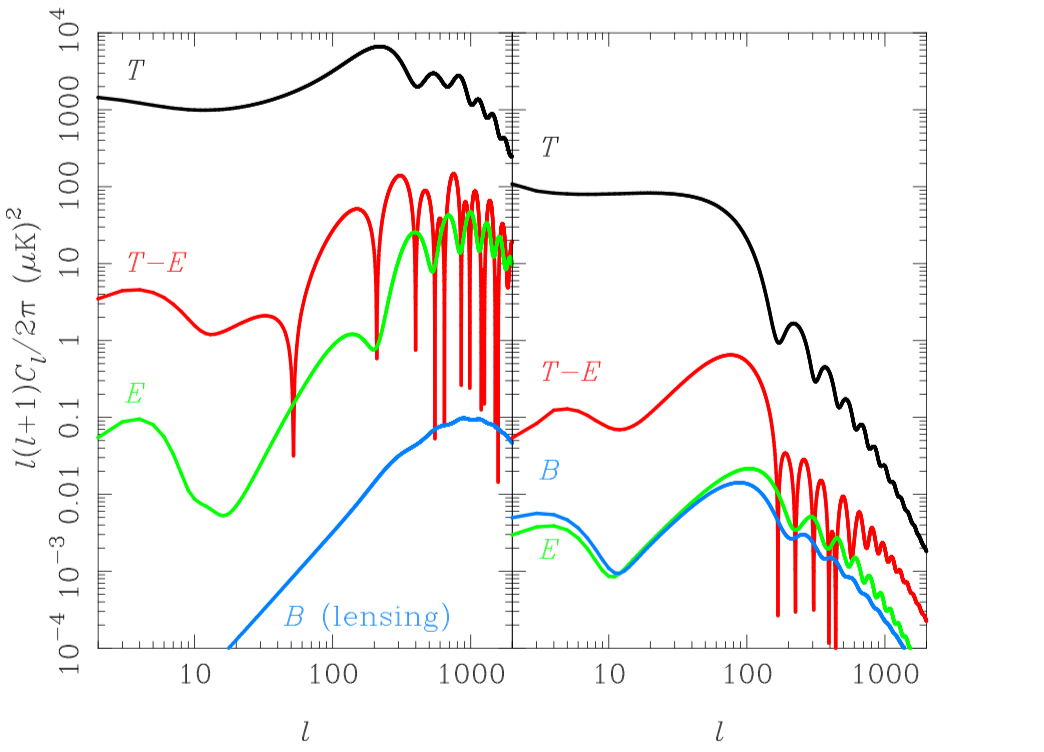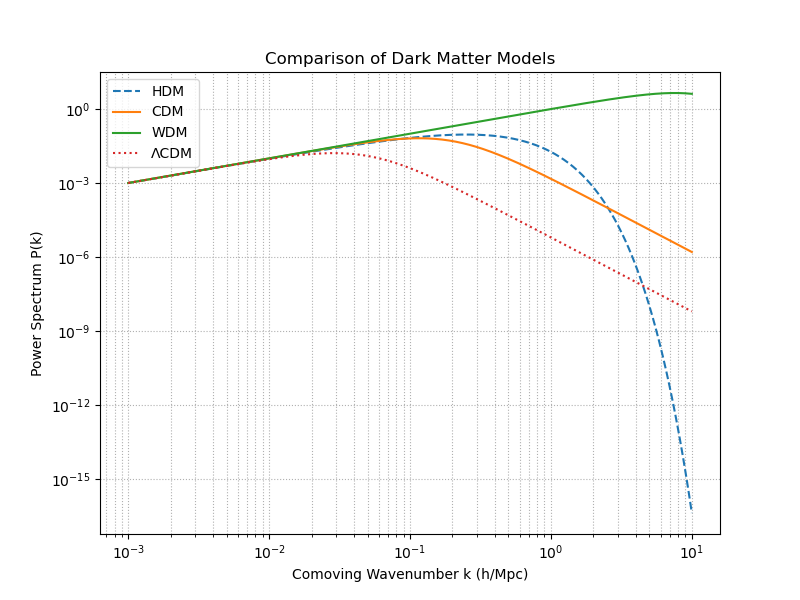

Volume 143
Published on October 2025Volume title: Proceedings of CONF-CIAP 2026 Symposium: International Conference on Atomic Magnetometer and Applications

Robust attitude and position control remain critical challenges for consumer drones. This studies evaluates the performance of a Reinforcement Leaning algorithm (PPO) against traditional control algorithms on drone's stability in both computer simulation and real life situations. Reinforcement Learning is trained with common parameters and rewards for small attitude error, lower angular rates, and efficient control effort. Performance were measured across level 0 to 5 wind in simulation and level 0 to 3 in real life experimentation. Results showed that PPO out-performed traditional PID controller in both computer simulation and real life experimentation. PPO showed better stability than PID with reasonable actuation. These findings indicate that PPO can produce more robust, precise control than fixed-gain controllers.

 View pdf
View pdf


This paper looks at thoughts on galactic creation and growth from cosmic dawn up till today and also how these thoughts changed multi-messenger astronomy. Multi - messenger astronomy uses observatories on Earth and in space observing every wave length, Gravitational waves, neutrinos, and cosmic rays give a better picture of what fields are driving the transition between galaxies on an astrophysical timeline. In this project it explains all the fields involved in how galaxies form, starting with the Cosmic DAWN phase -Dawn meaning the birth - where the first stars, first galaxies, and first supermassive black holes are formed. This paper speaks about what has been learned from observing high-redshifts through the help of the Hubble Space Telescope (HST) and James Webb Space Telescope (JWST). population III stars, further early star-forming burst galaxies, and issues caused by of the early universe shall be considered. It is hopefully that this paper excites someone about those knowledge gaps, prompts some more research on them, and gives an enthusiastic introduction to the power of multi - messenger astronomy to answer some of big problems.

 View pdf
View pdf



As one of the most important concepts in probability study, conditional probability plays a key role both in theoretical research and real-world applications. Derived from a famous mathematical problem—the three-door problem (also known as the Monty Hall Problem (MHP)), this paper explores the fundamental idea behind this problem with a consideration of human cognitive bias when they make a choice based on several factors. Additionally, some mathematical proofs will be included with a simulation of the MHP by using some computing skills. Apart from those theoretical concepts, this thesis also includes some evaluations of the strengths and limitations of this mathematical methods (conditionally probability) in real world situations, include medical diagnosis, risk assessment of the supply chain in a country, machine learning concept and lastly decision-making situations under some uncertainty factors which all of them have several dynamic variables that may change randomly all the time (so all the static models cannot handle any of them effectively). Lastly, some future development ideas based on current applications’ assessments are included in the conclusion part, which provide several criteria that could be further improved to address more complex scenarios and handle human special cognitive bias from their own behavior more properly in the real world in order to increase its overall accuracy.

 View pdf
View pdf



An important tool for humans to comprehend the physics of the early cosmos is CMB anisotropies, which can also be used to evaluate inflationary hypotheses. These days, evidence of inflationary theories has been provided by data from COBE, WMAP, Plank, and BICEP/Keck, particularly an almost scale-invariant and adiabatic spectrum. The origin of initial conditions, the trans-Planckian dilemma, and the fine-tuning of the inflaton potential were among the unanswered concerns that the theories also had to deal with. Furthermore, challenges like as foreground pollution and cosmic variance remain. Future prospects are bright since next-generation systems like CMB-S4 and LiteBIRD can overcome these obstacles. Their sensitivity will allow for considerably more precise probing of primordial B-modes, μ-distortions, and non-Gaussianity.

 View pdf
View pdf


Gravitational wave detection is modernly an important detection method of celestial phenomena like black hole merges or neutron star merges. Since the change in the arm length of the interferometer caused by gravitational waves is extremely small, the requirement of detection accuracy is significantly high. However, current detection accuracy is limited by multiple noises. Among them, the influences of quantum noise, thermal noise, and environmental noise are the most intense. Quantum, thermal, environmental noises limit high, medium, and low frequency range detecting accuracy respectively. This paper aims to explain the basic mechanisms of the noises through mathematical deduction. For each part, the paper also introduces common noise suppression strategies, include using compressed light and frequency-dependent compression (quantum noise), using low thermal influence suspension and coating materials (thermal noise), and setting multi-stage filtration system when solving seismic noise (environmental noise). With the strategies introduced, the paper also put forward ideas for future development.

 View pdf
View pdf


The new energy vehicles people talk about today are mostly cars that don’t use fossil fuels for power. Instead, they use energy that can be replaced and is more sustainable and renewable, such as electricity or natural gas. This study addresses the critical need for sustainable sales solutions in the new energy vehicle (NEV) industry. The research is significant for its multifaceted contributions to environmental protection, industrial sustainability, and corporate profitability. A case analysis illustrates how key factors, including consumer behavior and market competition, influence pricing dynamics. The findings highlight major advantages, such as enhanced profitability, alongside critical challenges including raw material cost volatility, brand trust erosion, and the potential for price wars, all of which pose significant threats to industry development. To mitigate these challenges, the study proposes strategic recommendations, including forming long-term supplier partnerships and pursuing product value differentiation. Collectively, this research provides an actionable framework for NEV firms to navigate market complexities, offering both theoretical insights and practical strategies for achieving sustainable growth.

 View pdf
View pdf


The paper mainly studies how to apply complex variable analysis to practical problems related to a two-dimensional ideal fluid. The author’s purpose is to provide a mathematical and physical method to optimize and facilitate industries related to fluid mechanics, such as oceanography, civil engineering, the aircraft wing manufacturing field, and so on. The main mathematical methodology is complex potential, and the main physical condition is the theorem and definition of the two-dimensional ideal fluid. The result of the study is that the use of complex variable analysis is significantly effective, and the processes of the calculation are much easier for this reason. The calculation process can prove the practicability. In this paper, the author combines mathematical derivation with methods of application, and the author also combines physical definitions and physical properties applied in the paper, clearly demonstrating the method of how complex potential works in practical problems. In conclusion, complex variable analysis can be used in many different fields related to physics, and it can facilitate the development of engineering and reduce the possibility of making mistakes in calculations, making resolutions precise and lowering the cost of the processes.

 View pdf
View pdf


In the contemporary era, human beings are living in a digital era, in which the issue of social network analysis has been constantly scrutinized and discussed. While the research regarding static embedding approaches has made significant progress, these approaches fail to deliver comprehensive solutions to circumstances with respect to dynamic embedding. This is a major defect, as the social network is constantly changing and evolving in a world that is developing rapidly and totally unpredictably. Therefore, this research paper focuses on dynamic social network embedding and investigates how to preserve multi-path relationships in dynamic social networks efficiently under rapidly changing topologies. The research is conducted through systematic and critical reviews of different varieties of dynamic embedding algorithms and models, followed by a comprehensive comparison. This research paper figured out that dynamic models and algorithms excel in the analysis of network users’ connections in so many ways, which is mainly because of their ability to capture fleeting information and leverage information as social networks change and evolve continuously over time.

 View pdf
View pdf


While 5G networks have revolutionized daily life and industrial applications, their signal propagation mechanisms face persistent challenges that limit performance. This paper systematically investigates the application of complex function theory to address these challenges and enhance 5G signal propagation. With cases, it analyzes the theory, demonstrating its benefits in enhancing signal processing precision, optimizing network coverage, and ensuring system stability. However, practical implementation challenges are identified, including: ideal models don’t match real hardware, analytical methods are too complex for real-time tasks, and there’s a gap between math and algorithms. To solve these, solutions like model correction (to address hardware non-idealities), the adoption of high-precision hardware and robust algorithms (to reduce computational complexity), and machine learning techniques (to bridge the math-algorithm gap) are proposed. This research provides a comprehensive framework for leveraging complex function theory to optimize 5G signal propagation, while also highlighting the necessity for future studies to validate these findings with real-world data and testing under extreme conditions.

 View pdf
View pdf



This paper examines the crucial role dark matter plays in both the development of galactic structure and the timeline of cosmic evolution. First, it investigates how the masses of dark matter halos regulate the growth rate of supermassive black holes (SMBHs), thereby controlling galactic structure. The halo depth determines gas inflow rates and cooling efficiency, which decides the rate at which SMBHs accrete matter. As feedback from SMBHs in turn influences star formation rates and the stability of galactical structures, this paper discusses the specific outcomes each type of dark matter halo imposes on galactic structure. Then, the paper explores how different dark matter models, such as hot, cold, warm, and lambda cold dark matter, determine whether primordial density fluctuations survived or were erased during early phases of the universe’s history. The transfer function of each model is identified, then a graphic comparing each respective matter power spectrum, a cosmological parameter derived from the transfer function, is demonstrated. Finally, the paper would compare observational results from SDSS with the scenarios each matter power spectrum predicted and determine the most accurate dark matter model.

 View pdf
View pdf




